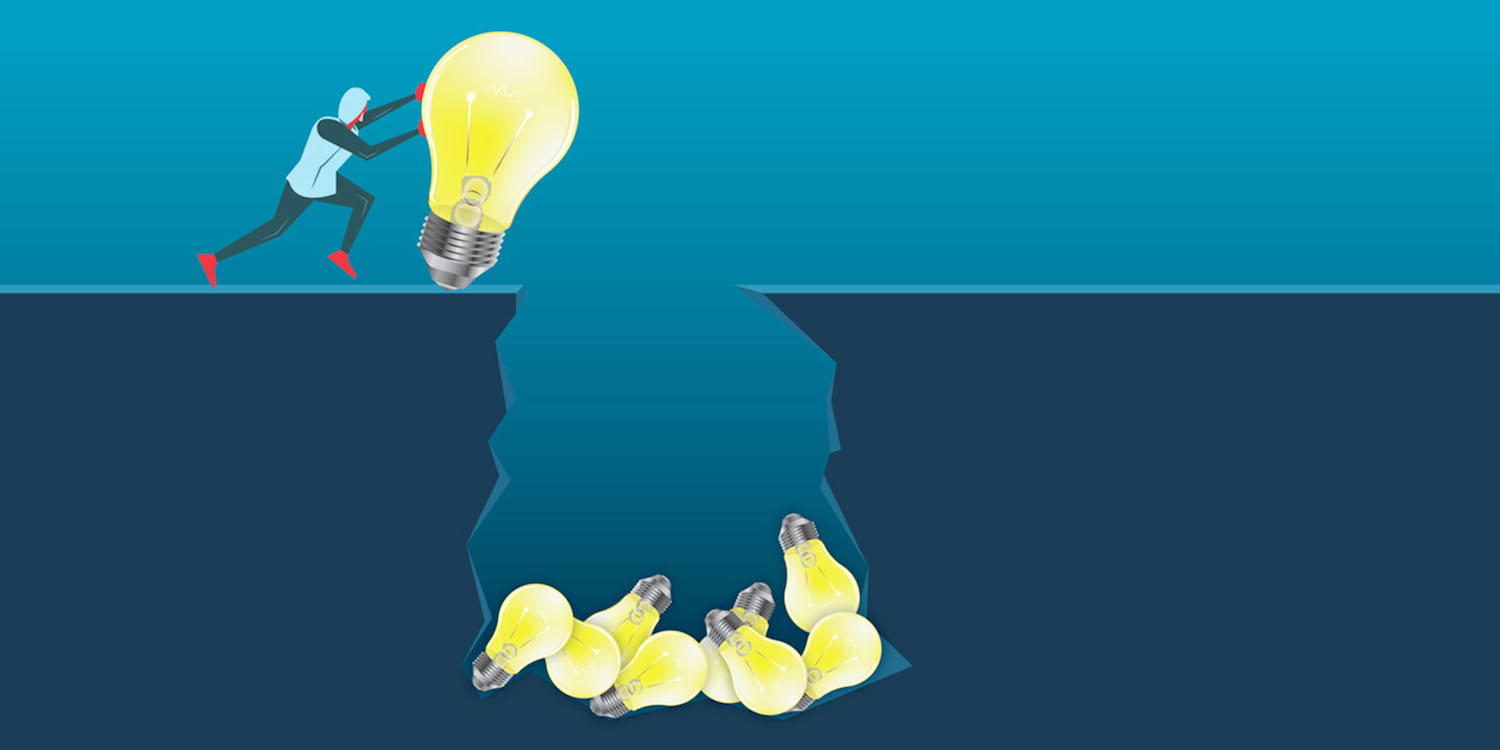Useless innovation


There is a good chance you have read countless (or at least one) text about how important it is to innovate, break away from established market beliefs, change to keep your product attractive and so on. There is also a chance you might think that innovation is, sorry for the jargon, recreate the wheel (spoiler: it is not). This text, however, takes a bit different approach, but first let me ask you, is every innovation good, or can innovation be bad?
Innovation might have a different meaning, depending on who you are asking from. In this text, let us think of innovation as “a new solution to an old problem”, or “a new method, idea, product, etc.”, if you use Google to check out definitions. In any case, let’s think of innovation as anything new or reformulated, changed even if a little, not, again, the recreation of the wheel.
Innovations keep products and services competitive
The fact is: innovation is necessary to business. It is necessary to keep products and services competitive. It is necessary to save the world and make society move forward. But innovation must serve a purpose before anything, as there is great chance that innovation without a purpose will be useless.
Useless innovation is the one that is achieved for the sake of innovating. When there is no real need, or when no one gets any value out of it. Useless innovation is the one forced into something because it will look nice in some internal report or because it will fulfill an individual’s own agenda.
Innovation comes at a cost, to both makers and users. As many resources it might take to be created, innovation also requires energy from users to be taken into use. So why would anyone be willing to put efforts to learn something new? When it comes to innovation in services, useless innovation may even weaken the relationship of your company and your customers, internal or external. So how can you test if your innovation falls into the useless category?
Little and big innovations
When innovating (or thinking of any improvements really), it is important to keep in mind a couple of points to be considered and discussed among your team:
- Do people need this change?
- What value would they get?
- Are users willing to learn how to use it?
- How can we help the transition from the old product/service/process to the new one?
- Does it fit our core value proposition, as a company, product, or service?
- Why are we doing it?
Once again, innovation might be as little as a new way of getting the right information through your app, or as big as an entirely new service. If people are not willing to (re)learn how to use it, you have just lost resources - time, money and why not team motivation and customer admiration.
As important as it is, think of innovation as anything that you like and should be consumed moderately. Candy? I love them, but too much of it and I start wishing I’d have known when to stop. So back to our questions at the beginning: no, not every innovation is good, and, yes, too much innovation, just as too much candy, can be bad too.
Human-centric design, in all its forms, is the way to go if you are aiming for sustainable innovation. People, your customers, employees, or end users, are the key stakeholders to tell you if you are going too far this time or crossing some limits you should keep away from.
Just like any other text about innovation, I must finish this saying: do not ever stop innovating or re-thinking your business and offerings. But, please, do think about why changes are necessary, and why someone would be willing to take them into use happily. The world needs more sustainable innovation, as the useless type might take us to a different direction that we would like to go.